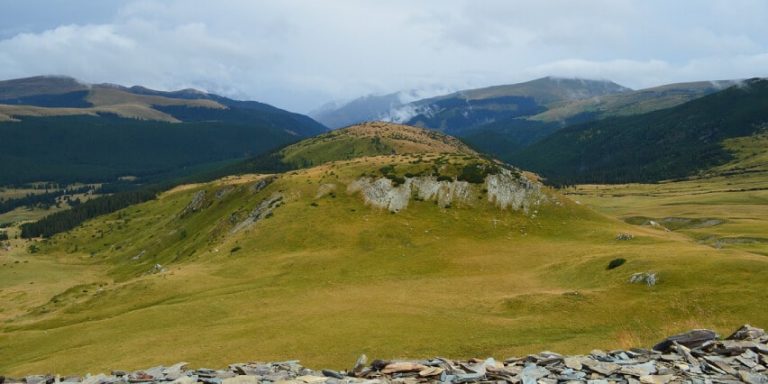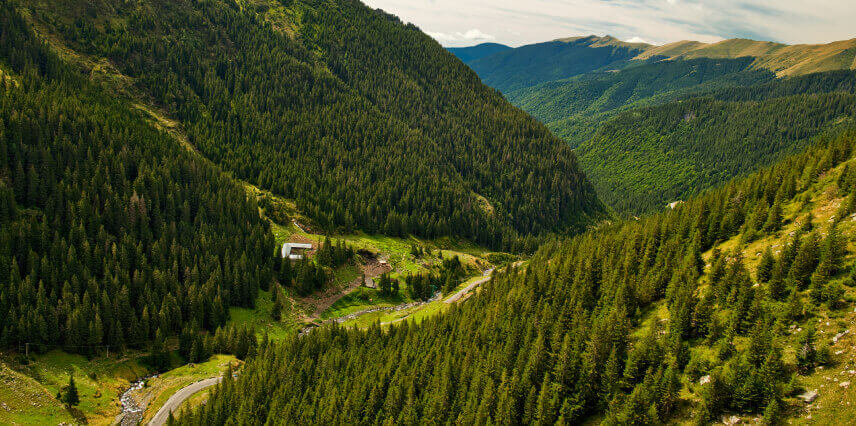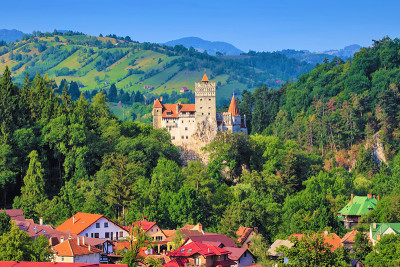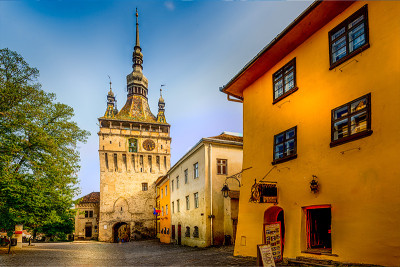So, in this article, we will talk about one of the beautiful places in Romania, called Transalpina, and what could you visit on Transalpina. There are many attractions on this amazing road, and presenting them to you could help you to make a plan before going on a trip on Transalpina.
Transalpina is well known as being the highest road in Romania, which links the Parang Mountains, passing through Ardeal and Oltenia. Transalpine has become a road visited by many tourists from all over the world, along with Transfagarasan.
Transalpina is also known as “The King’s Road” because it was built at the request of King Carol the 2nd, who was present at the opening in 1939. In Urdele pass, the road reaches a height of 2,145 meters, the highest altitude at which there is a road in Romania. The landscapes that can be seen by those arriving on Transalpina are spectacular.
When Can You Visit Transalpina And When Does It Reopen?

In the cold season, which starts in November, the traffic on Transalpina, on the highest sector between Ranca (Gorj county) and Obarsia Lotrului (Valcea county), is closed. At the end of spring, the road is usually affected by snowfall.
Therefore, it could be necessary for the employees who work on the part of the way that is located in Gorj county to work on replacing the indicators, which, at the beginning of the cold season, could be taken down, in order not to be destroyed by snow and boulders.
Usually, in June, if the road is in the right conditions, Transalpina is reopened by the Road Safety Commission, which is made up of representatives from several institutions. The owners of the cottages and pensions in Ranca are eagerly awaiting the reopening of the circulation because the number of tourists increases significantly in this period.
What Could You Visit In Transalpina?
Beautiful Valley
About seven kilometers away is the Beautiful Valley, the heaven described by Mihail Sadoveanu 80 years ago, in his stories. Now, let’s see what you could visit on the Beautiful Valley? In this area, many tourists from all over the world are going to the peasant Calnic Fortress, a monument built more than seven centuries ago, and, also, the Martinuzzi Castle. Also, from DN 67, you can easily reach the Capalna Fortress, one of the strategic objectives built by the Dacians during the Roman invasion.
Lake Oasa
From Obarsia Lotrului, tourists have more options to spend their free time, either at a barbeque or take the mountain paths. If you continue your journey on Transalpina by car, you will arrive in just a few minutes in Alba County, in another place of story, called Lake Oasa.
To mirror your face in the clear waters of the Lake of the Sureanu Mountains, you only have to descend a few tens of meters on the edge of DN 67 C (Transalpina). The area is primarily known among the believers because of the Oasa Monastery, located on the other side of the lake.
Oltet Gorges
The Oltet Gorges are not very long, they are only 1.5km, but no tourist has passed through the area and does not know about them. They are spectacular and have some vertical walls that fascinate you. A walk through the Oltet Gorges will make you feel so small and insignificant in front of nature.
Also, this sightseeing is also one of the places frequented by climbing enthusiasts, but also by passionate photographers. So, do not miss to equip yourself properly, whatever your hobby is. Also, here is the famous Polovragi Cave, whose underground galleries reach 9000 meters long.
Polovragi Monastery
The Polovragi Monastery is near the cave with the same name. The place of worship is more than 500 years old. The Polovragi Monastery is a beautiful place for peace, prayer, retreat, contemplation, interiorization, and a few minutes of rest.
The Polovragi Monastery is a monastery of nuns dedicated to the Assumption of the Virgin Mary, an architectural monument from the 17th century. It’s a place full of history and, at the same time, full of freshness. It’s a place guarded by conifers and flowers, by the prayer of the nuns and by the Virgin Mary herself, the guardian of the area.
The entrance is made on a large wooden gate, beautifully carved in the Maramures style, above which is written: “Blessed is he who comes in the name of the Lord.” Above the door with wooden mini-roofs are five crosses, one above each roof on the gate. This special entrance to the monastery is guarded by the Oltet Gorges, which rise in the background of the landscape.
When you enter through a door of that large gate, you will enter a courtyard with a cobbled alley, on the edges with benches, tiles, willows, and oaks, which will lead you to the monastery church. In this courtyard, there is a shop with church objects, but also with ointments prepared there and plants grown by little girls. Maybe you will find something that you are going to like.
At the Polovragi Monastery, it is customary to organize a “needle” every year, on the occasion of Saint Elijah, which is on July 20, which is attended by many people from Gorj, Valcea and Transylvania alike.

 ES
ES
 IT
IT
 DE
DE
 FR
FR


